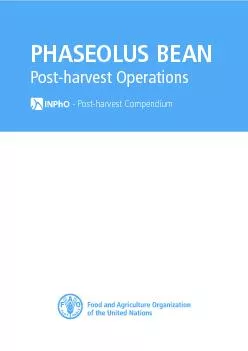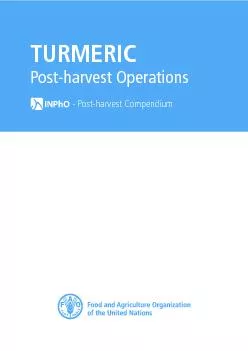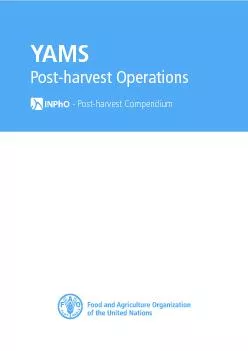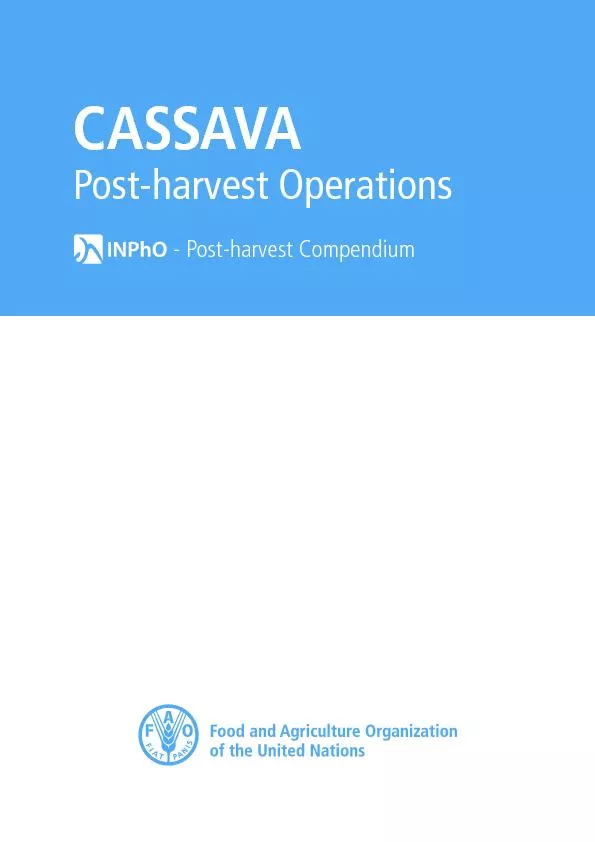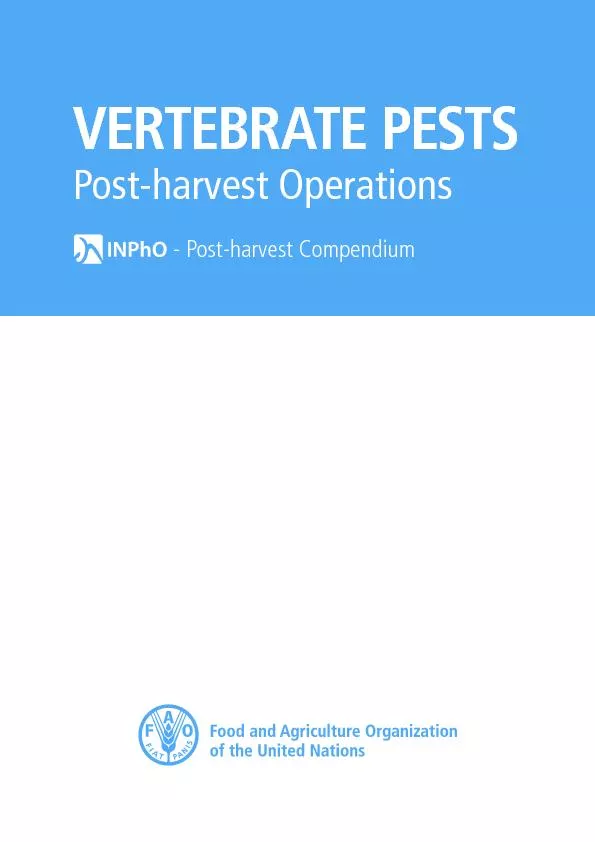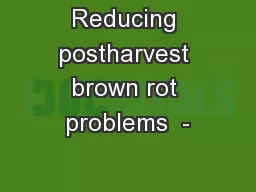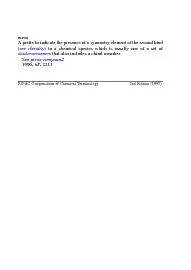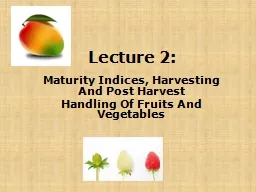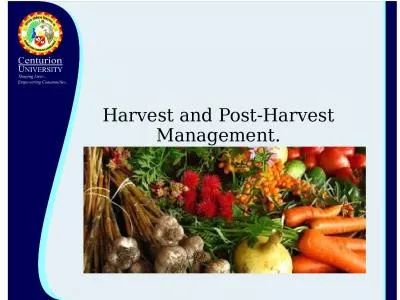PDF-PHASEOLUS BEANPost-harvest Operations - Post-harvest Compendium
Author : alexa-scheidler | Published Date : 2015-12-12
PHASEOLUS BEAN Post harvest Operations Organisation Centro Internacional de Agricultura Tropical CIAT wwwcgiarorgciat Author AL Jones Edited by AGSIFAO Danilo
Presentation Embed Code
Download Presentation
Download Presentation The PPT/PDF document "PHASEOLUS BEANPost-harvest Operations ..." is the property of its rightful owner. Permission is granted to download and print the materials on this website for personal, non-commercial use only, and to display it on your personal computer provided you do not modify the materials and that you retain all copyright notices contained in the materials. By downloading content from our website, you accept the terms of this agreement.
PHASEOLUS BEANPost-harvest Operations - Post-harvest Compendium: Transcript
Download Rules Of Document
"PHASEOLUS BEANPost-harvest Operations - Post-harvest Compendium"The content belongs to its owner. You may download and print it for personal use, without modification, and keep all copyright notices. By downloading, you agree to these terms.
Related Documents

